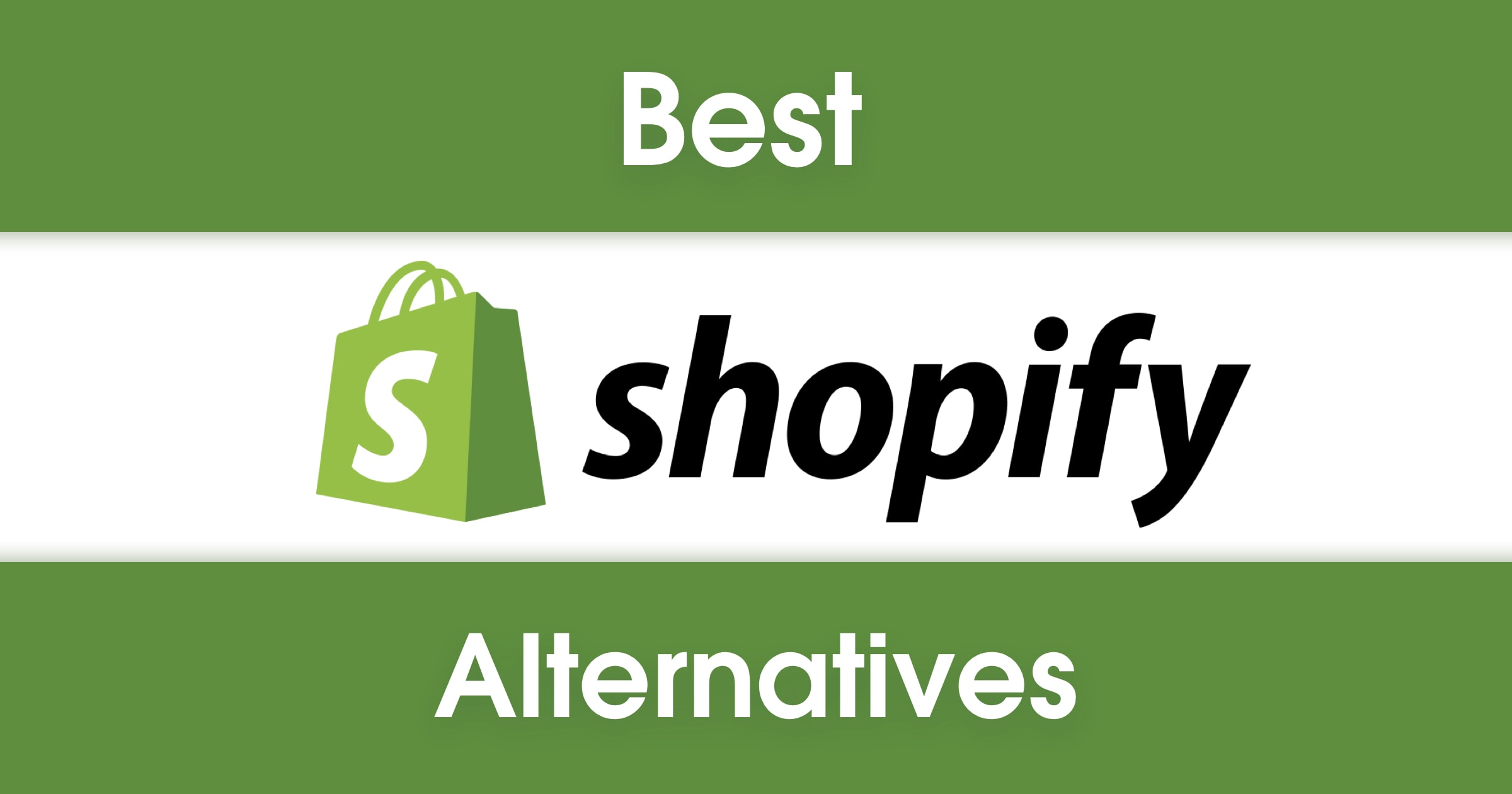As the retail landscape continues to evolve, businesses are increasingly looking for flexible and efficient point-of-sale (POS) solutions that meet their unique needs. While Shopify POS is a popular choice, it may not be the best fit for every retailer. Exploring Shopify POS alternatives can help businesses find a system that better aligns with their operational goals and customer experience strategies. In this article, we will discuss key features to consider when evaluating alternatives to Shopify POS, ensuring you choose the right system for your retail operations.
1. User-Friendly Interface
A user-friendly interface is crucial for any POS system. Retail staff should be able to navigate the system quickly and efficiently, minimizing training time and reducing the likelihood of errors during transactions.
- Intuitive Design: Look for a POS solution that offers a clean, straightforward layout. The easier it is for employees to use, the smoother the checkout process will be.
- Customizable Dashboard: A customizable dashboard allows users to arrange features according to their preferences, making frequently used functions readily accessible.
2. Comprehensive Inventory Management
Effective inventory management is essential for retail success. A robust POS system should provide tools to track stock levels, manage orders, and automate reordering processes.
- Real-Time Inventory Tracking: Ensure the system updates inventory levels in real time, allowing you to avoid stockouts or overstock situations.
- Multi-Location Management: If you have multiple stores, look for a POS solution that supports managing inventory across different locations seamlessly.
3. Payment Processing Options
A flexible payment processing system can enhance the customer experience by providing various payment methods. Customers should have the option to pay using their preferred method.
- Multiple Payment Methods: The POS system should accept credit cards, debit cards, mobile wallets, and contactless payments to cater to diverse customer preferences.
- Integrated Payment Processing: Choose a solution that integrates payment processing directly into the POS system, simplifying transactions and reducing errors.
4. Customer Relationship Management (CRM) Tools
Integrating CRM tools into your POS system can help enhance customer engagement and loyalty.
- Customer Profiles: A good POS should allow you to create detailed customer profiles, tracking purchase history and preferences to provide personalized service.
- Loyalty Programs: Look for a system that supports loyalty programs, enabling you to reward repeat customers and encourage repeat business.
5. Reporting and Analytics
Data-driven decision-making is vital for retail success. A robust POS system should offer detailed reporting and analytics tools to help you gain insights into sales performance, customer behavior, and inventory trends.
- Customizable Reports: Choose a POS solution that allows you to generate customizable reports based on specific metrics, such as sales by product category or customer demographics.
- Real-Time Analytics: Real-time analytics can provide immediate insights into your business performance, enabling you to make informed decisions quickly.
6. Integration Capabilities
A POS system should integrate seamlessly with other business tools to create a cohesive operational ecosystem. This can significantly enhance efficiency and streamline processes.
- E-Commerce Integration: If you operate an online store, ensure the POS can integrate with your e-commerce platform for consistent inventory management and sales tracking.
- Accounting Software Integration: Look for a solution that can easily connect with accounting software, simplifying financial tracking and reporting.
7. Employee Management Features
Managing staff effectively is essential for smooth operations. A good POS system can help streamline employee management processes.
- Time Tracking: Choose a system that includes time tracking features, allowing employees to clock in and out directly through the POS.
- User Permissions: The ability to set user permissions ensures that staff only have access to the functions they need, enhancing security and operational control.
8. Customer Support and Training
Reliable customer support and training resources are vital for ensuring your team can use the POS system effectively.
- Responsive Support: Look for a provider that offers responsive customer support via multiple channels, such as phone, email, or live chat.
- Training Resources: Comprehensive training materials, including tutorials and documentation, can help your team get up to speed quickly.
9. Cost Structure
Understanding the cost structure of a POS system is crucial for budgeting and ensuring a good return on investment.
- Transparent Pricing: Look for a provider that offers clear and transparent pricing, including any additional costs for features, hardware, and transaction fees.
- Flexible Plans: Consider whether the POS system offers flexible pricing plans that can grow with your business, accommodating your changing needs.
10. Scalability
As your business grows, your POS system should be able to adapt to your evolving needs. Scalability is an important feature to consider.
- Add-On Features: Choose a system that allows you to add features or modules as your business expands, ensuring you have the necessary tools for growth.
- Multi-Location Support: If you plan to open additional stores, ensure the POS system can easily handle multi-location operations without complications.
Conclusion
Selecting the right Shopify POS alternatives is crucial for maximizing retail efficiency and enhancing customer satisfaction. By considering key features such as user-friendliness, inventory management, payment processing options, CRM tools, reporting capabilities, integration options, employee management, customer support, cost structure, and scalability, retailers can make informed decisions that align with their operational goals. Investing in the right POS system will ultimately lead to improved efficiency, increased sales, and a more streamlined retail experience.

